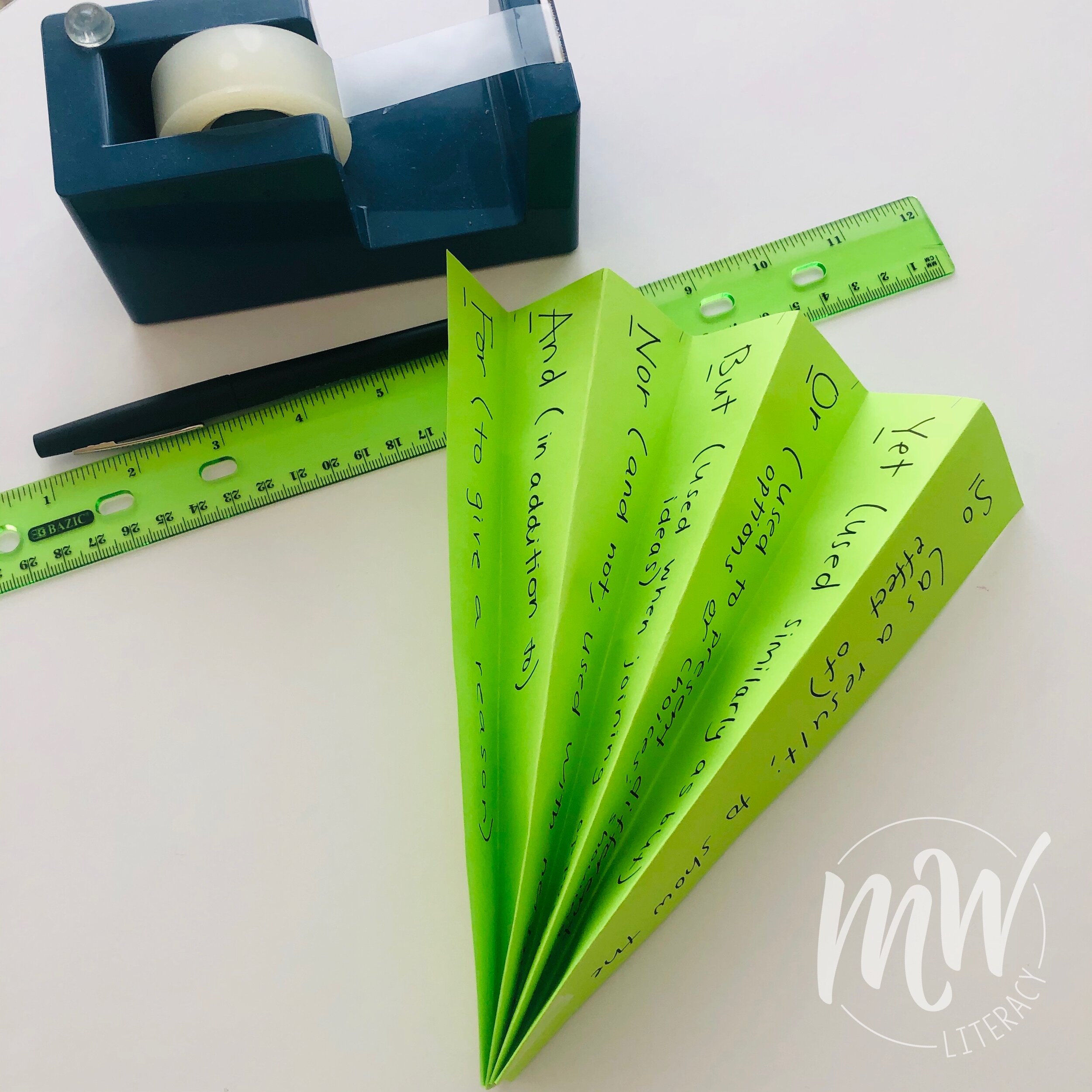A few years ago I was taking my kids to a local sports center for swim lessons. Admittedly, I don’t have the best sense of direction (the GPS, in my opinion, is one of the best inventions EVER). To get to this place, I needed to make a turn off of a busy (5-lane) main road onto another road. The turn happened at one of three gas stations clustered near one another along that road, but I needed to be ready and signal to get into the left turning lane so I wouldn’t miss the turn. Initially, I kept forgetting at which gas station that turn happened.
Mnemonic device to the rescue!
The gas station that I needed to turn at was a Shell station. A ha! Shells are by the water (ok, the beach – but still, the water). The pool is the water where the kids swim. This was my mnemonic device. Of course when I finally told my husband, he couldn’t stop laughing. Who cares? As I tell my students, if it works for you, THAT’S what matters.
Mnemonic devices are a fantastic way to remember important information, whether for everyday life (getting your kids to swim!) or for academic purposes. They are powerful tools — or tricks — that help you to recall or remind yourself of information with greater facility. They are especially beneficial for students with learning disabilities or working memory and other executive functioning challenges, but can and SHOULD be used to support every student’s learning. They encourage deeper engagement with the learning material and improved long-term memory of the content. And let’s face it, mnemonic devices can also be quite fun.
The top five way to incorporate mnemonic devices into daily life include:
Rhymes
Visualizations
Acronyms
Associations
Short stories
If you love new mnemonic devices as much as I do as a way to help your students (or even yourself!) remember certain literacy-related content, hop on over to my Instagram page where I will be periodically sharing ideas in my stories.
What are some of your best mnemonic devices?



